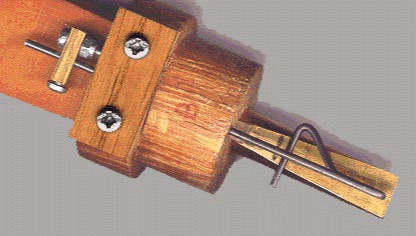
Through the combined efforts of materials scientists and organ builders, the beautiful warmth and blazing fanfare of Baroque and Medieval organ music can come back to life in the 21st century. An organ contains flue and reed pipes constructed of lead-tin alloys. Historically accurate lead-tin alloys recently characterized and reproduced by a Swedish project beautifully recreate the historic flue pipe sound. While there are no moving parts within a flue pipe, reed pipes contain an additional vibrating part, the copper-alloy tongue (Figs. 1 and 2), that crucially influences its sound. Currently, the sound of restored reed pipes might not be close to the original state, since only conventional Cu-alloys are available to replace damaged reed pipe tongues. A consortium of five European organ-builders and European research organizations is developing reed pipe tongues with appropriate acoustic properties. The composition, microstructure, mechanical, and acoustic properties of reed tongues from approximately 30 pipe organs fabricated in 9 EU countries between 1620 and 1889 were investigated using methods including prompt gamma activation analysis, x-ray diffraction, secondary ion mass spectroscopy, and high resolution transmission electron microscopy. Different Cu-based alloys were prepared to reproduce the tongue alloys from various European countries and different centuries. One of the novel prototype alloys has been used to restore the Baroque organ in Ugale, Latvia (Figs. 4 and 5). Another alloy has been used in a new organ built for the Korean National University of Arts, Seoul, Korea (Fig. 6). It will be used also to restore the Casparini organ in the Holy Spirit Dominican Church in Vilnius, Lithuania (Figs. 2 and 3). The results will be implemented in a replica of the Casparini organ currently under construction for the Eastman School of Music at the University of Rochester, in Rochester, New York.

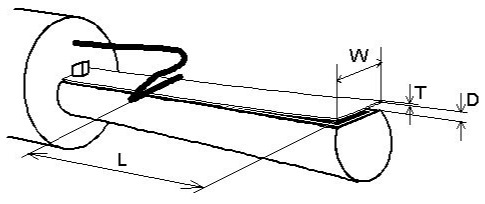
Fig. 1. Photograph and scheme of the tongue-shallot region of an organ reed pipe.
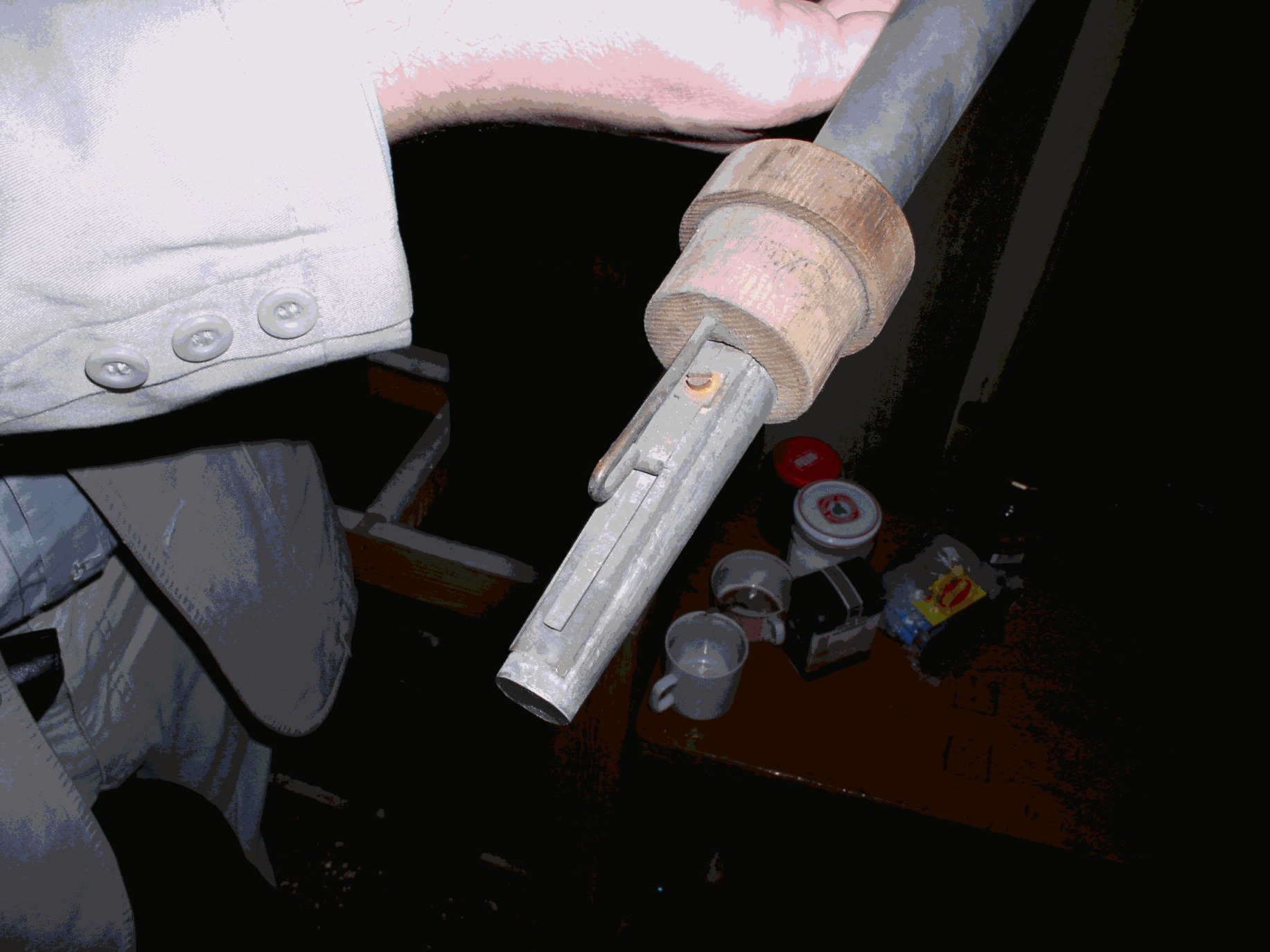
Fig. 2. Historic shallot and tongue from the Holy Spirit or Dominican church, Vilnius, Lithuania, 1776. (Organbuilder Adam Gottlob Casparini).
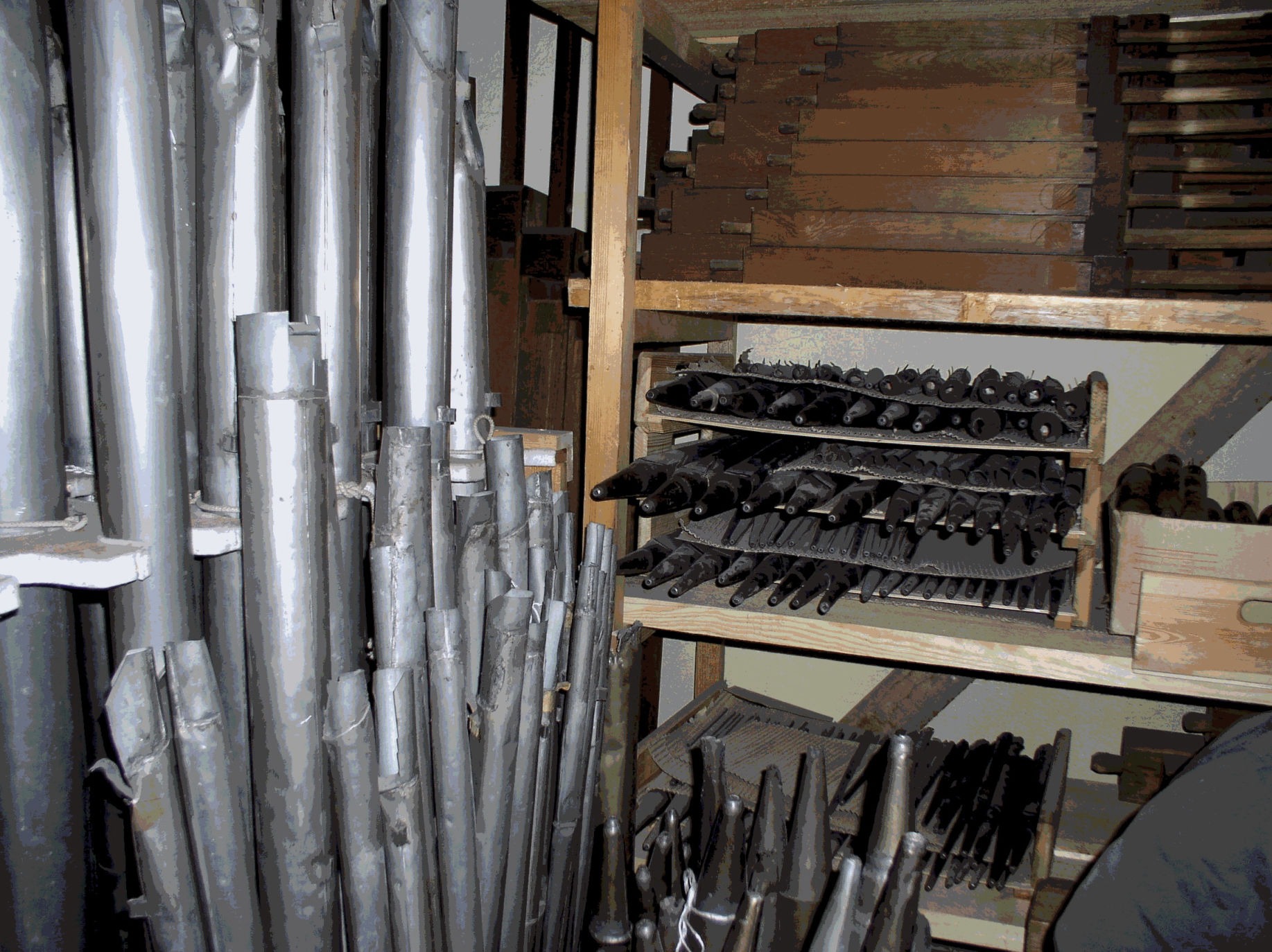
Fig. 3. Pipes of Casparini organ dismounted for the restoration (Vilnius, Lithuania)
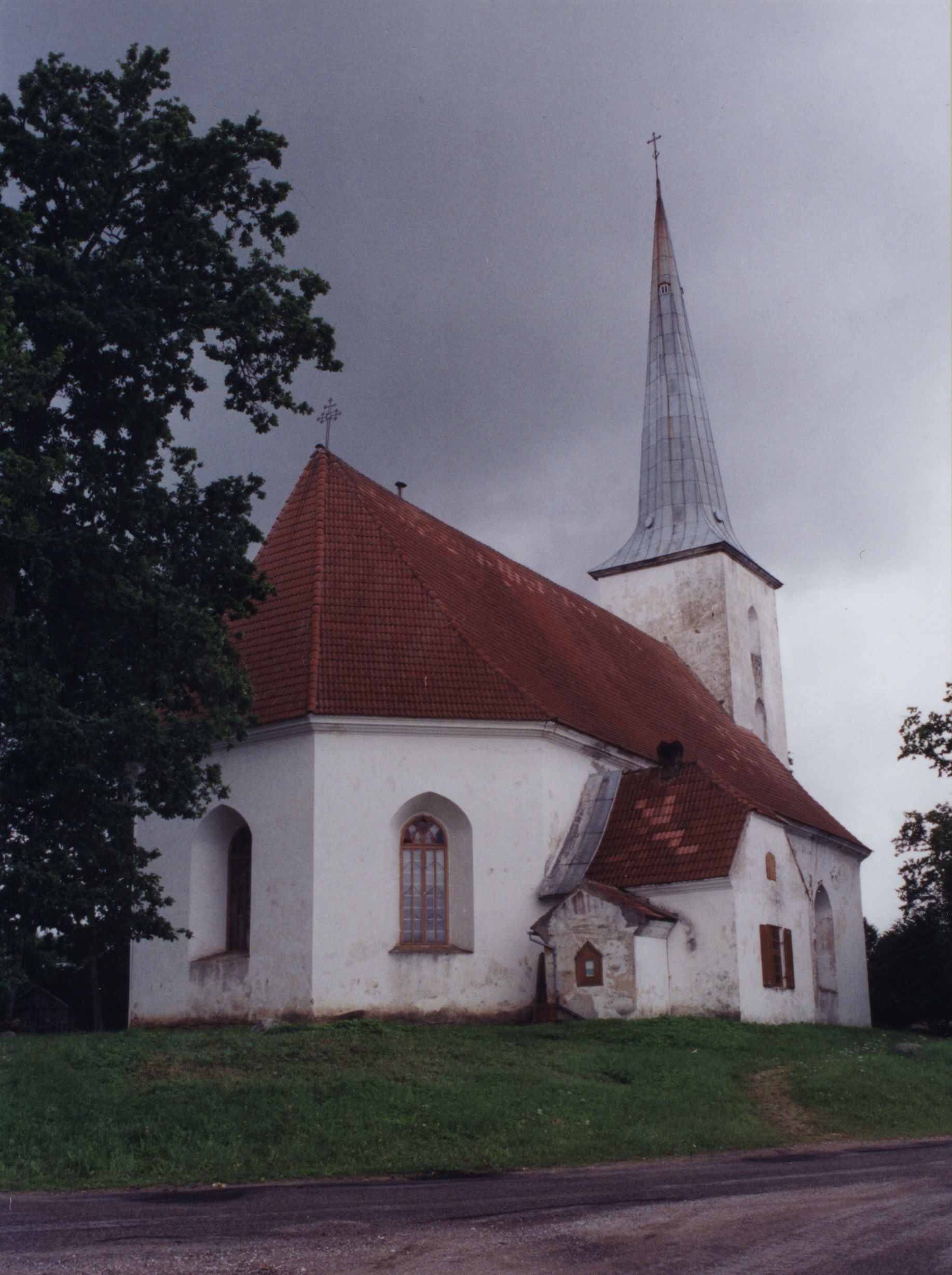
Fig. 4. Lutheran church in Ugale (Latvia).
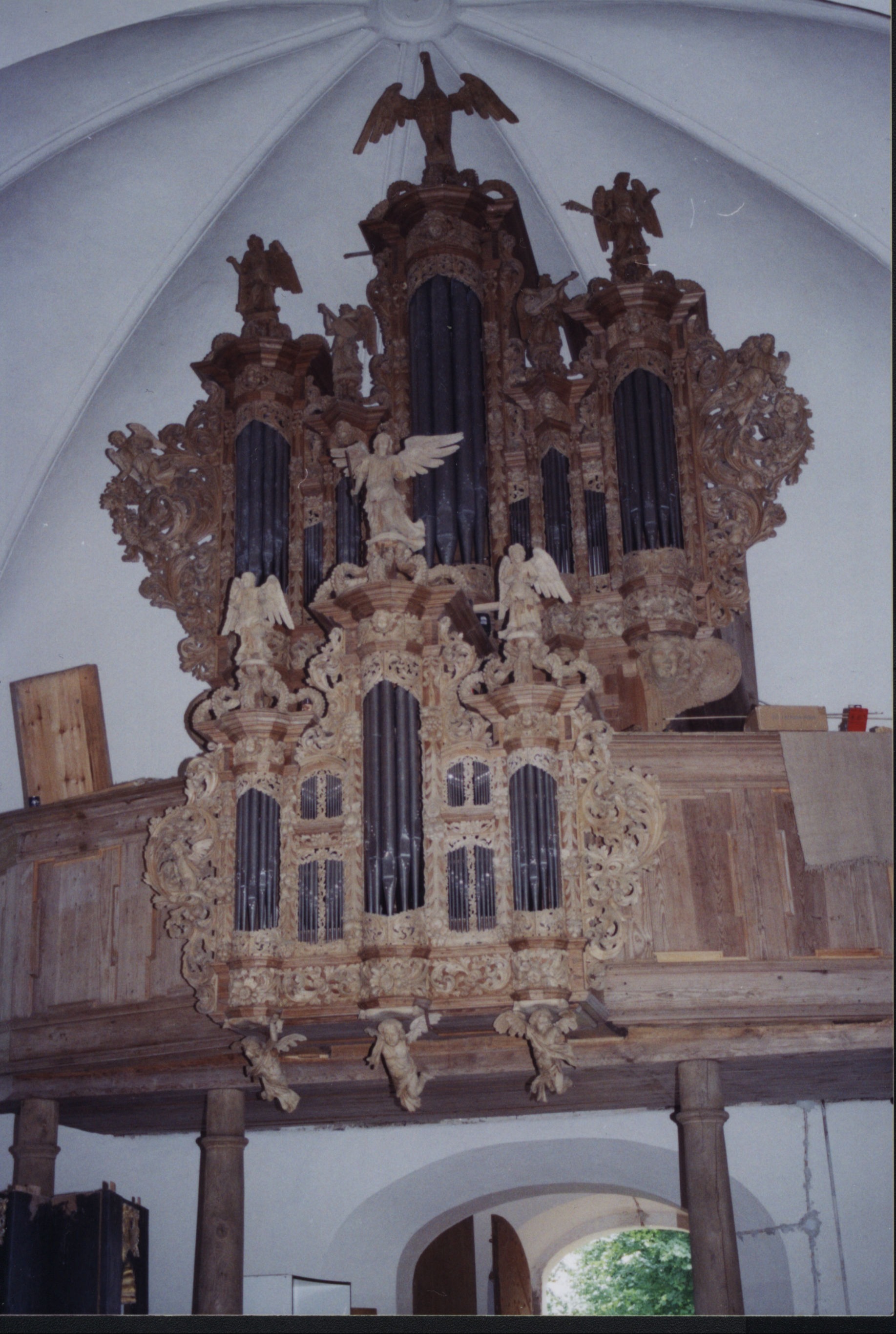
Fig. 5. Organ build in 1701 by Cornelius Rhaneus in Ugale (Latvia).
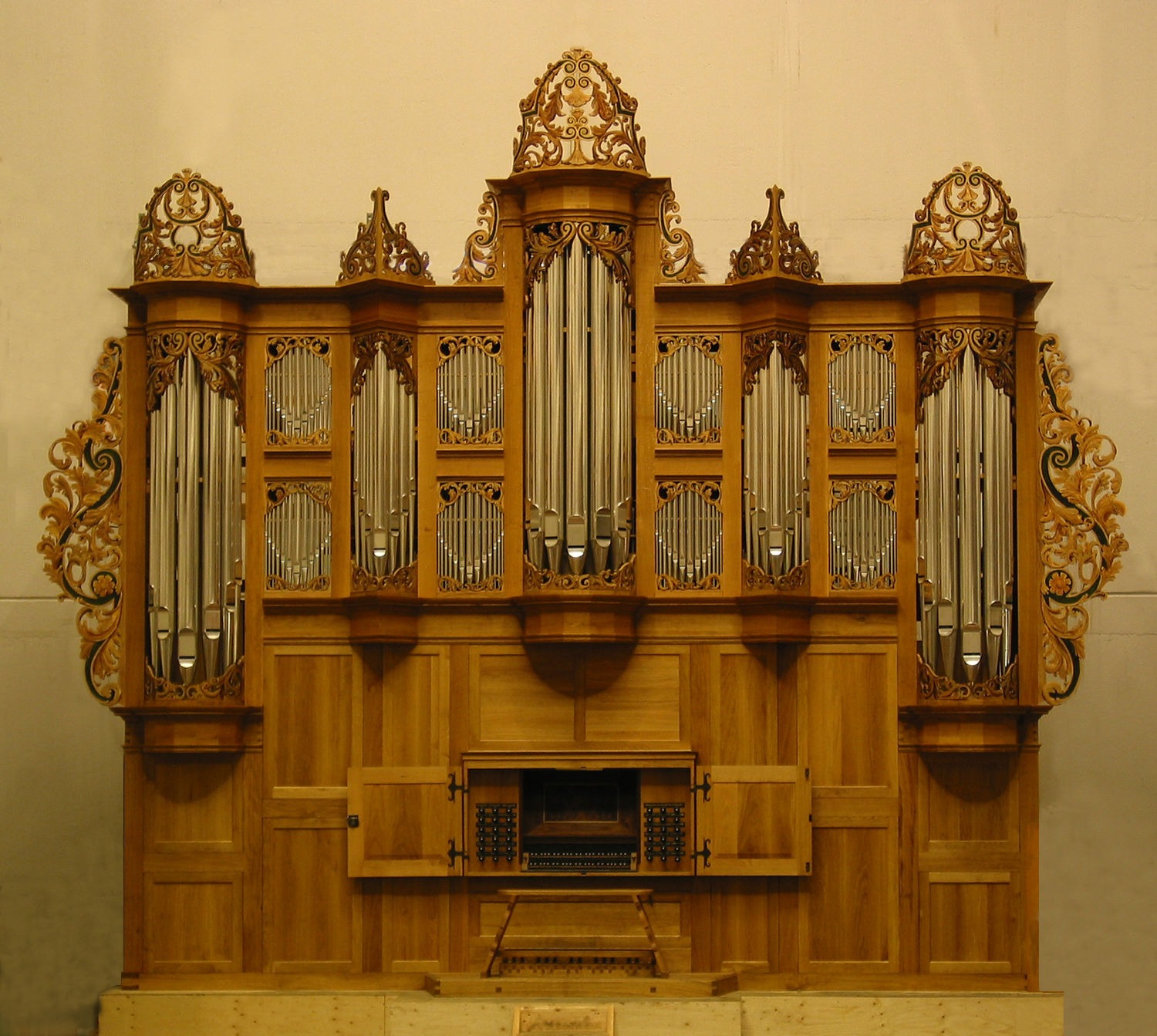
Fig. 6. New organ built for the Korean National University of Arts, Seoul, Korea
1. B. Baretzky, M. Friesel, A. Petelin, A. Mazilkin, B. Straumal
Structure of historical brass tongues and shallots from Baroque organs
Def. Diff. Forum 249 (2006) 275–280 PDF
Best AI Website Maker